Oratories - Prière aux Orishas
We name « Oratórios » for theboxes used to keep and conserve relics or souvenirs of saints to be worshipedby the faithful. Typical of the Brazilian countryside, this kind of religious artifact got difused and took rootsinto Brazilian culture. This project’s purpouse is to rescue the visual cultureof these «Oratorios » coupled with the figure of the afro-brazilian saintsnamed « Orishas » (pronounce « oricha »). By representing the religious syncretism present in Brazilianculture it celebrates, through photographs, the reunion of Christianismand Candomble (an afro-brazilian religion).
-------------------------------------------------------------------------------------------------
Le thème de ce essai est le mondedes orishas, les dieux africains. Il prétend être une lecture contemporaine etmulticulturelle du sort que la religion africaine yoruba a eu lorsque lesAfricains eurent dispersés en Amérique a cause du trafic d'esclaves.
Quoique le culte aux orishas a lieudans plusieurs coins du monde, sa forme et son nom diffèrent vis-à-vis de larégion où il est pratiqué : vodou en Haïti, santeria à Cuba, candomblé etumbanda au Brésil. Le Candomblé, ainsi que la Santeria cubaine, est le fruit dumélange entre la religion yoruba, amenée par les esclaves africains, lareligion catholique amenée par les colonisateurs portugais et la religion desindigènes habitants au Brésil en 1500. Tant le Candomblé que la Santeria sont la réponse des esclaves aubesoin de garder vivant leur culture et de résister à leur terrible destin. Leur forte croyance aux dieuxet à leurs valeurs furentnon seulement un modèle de résistance mais aussi un des piliers de la formationde l'identité nationale des pays américains.
L'essai photographique"Oratoires" est imbibé de références visuelles venant du pays où jesuis née (le Brésil) et vise à la valorisation de la culture populaire brésilienne, sescouleurs et contrastes, sa musicalité, ses saveurs, valorisation de la foi, de la joie des gens simples. Il s'agit d'uneprière et d'un hommage à une culture riche et solide qui, en accueillant lesautres cultures qui l'entouraient, a survécu. Au lieu de leur tourner le dos,les Brésiliens ont su embraser et accepter le différent, l'inconnu et ont su enretirer sa force.
-------------------------------------------------------------------------------------------------
Le thème de ce essai est le mondedes orishas, les dieux africains. Il prétend être une lecture contemporaine etmulticulturelle du sort que la religion africaine yoruba a eu lorsque lesAfricains eurent dispersés en Amérique a cause du trafic d'esclaves.
Quoique le culte aux orishas a lieudans plusieurs coins du monde, sa forme et son nom diffèrent vis-à-vis de larégion où il est pratiqué : vodou en Haïti, santeria à Cuba, candomblé etumbanda au Brésil. Le Candomblé, ainsi que la Santeria cubaine, est le fruit dumélange entre la religion yoruba, amenée par les esclaves africains, lareligion catholique amenée par les colonisateurs portugais et la religion desindigènes habitants au Brésil en 1500. Tant le Candomblé que la Santeria sont la réponse des esclaves aubesoin de garder vivant leur culture et de résister à leur terrible destin. Leur forte croyance aux dieuxet à leurs valeurs furentnon seulement un modèle de résistance mais aussi un des piliers de la formationde l'identité nationale des pays américains.
L'essai photographique"Oratoires" est imbibé de références visuelles venant du pays où jesuis née (le Brésil) et vise à la valorisation de la culture populaire brésilienne, sescouleurs et contrastes, sa musicalité, ses saveurs, valorisation de la foi, de la joie des gens simples. Il s'agit d'uneprière et d'un hommage à une culture riche et solide qui, en accueillant lesautres cultures qui l'entouraient, a survécu. Au lieu de leur tourner le dos,les Brésiliens ont su embraser et accepter le différent, l'inconnu et ont su enretirer sa force.
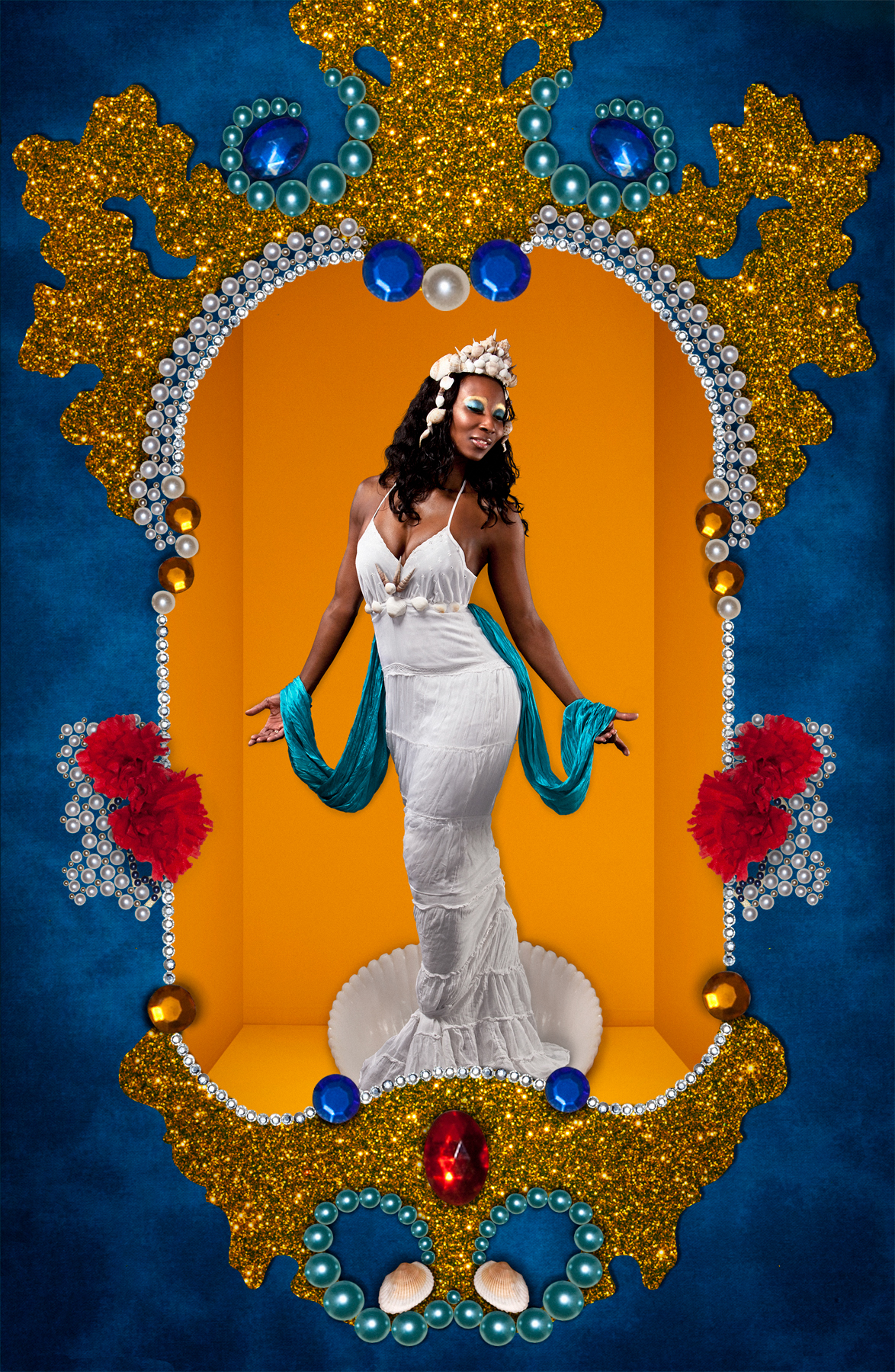
YEMANJÁ
Yemanja is a mother goddess, patron deity of women, especially pregnant women and the Ogun river. Yemanja is the ocean, the essence of motherhood, and a protector of children. She is the Queen of the Ocean, the patron deity of the fishermen and the survivors of shipwrecks, the feminine principle of creation and the spirit of moonlight.
In Salvador, Bahia, Iemanjá is celebrated by Candomblé on the very same day consecrated by the Catholic Church to Our Lady of Seafaring (Nossa Senhora dos Navegantes). Every February 2, thousands of people line up at dawn to leave their offerings at her shrine in Rio Vermelho. Gifts for Iemanjá usually include flowers and objects of female vanity (perfume, jewelry, combs, lipsticks, mirrors). These are gathered in large baskets and taken out to the sea by local fishermen.
Yemanja is a mother goddess, patron deity of women, especially pregnant women and the Ogun river. Yemanja is the ocean, the essence of motherhood, and a protector of children. She is the Queen of the Ocean, the patron deity of the fishermen and the survivors of shipwrecks, the feminine principle of creation and the spirit of moonlight.
In Salvador, Bahia, Iemanjá is celebrated by Candomblé on the very same day consecrated by the Catholic Church to Our Lady of Seafaring (Nossa Senhora dos Navegantes). Every February 2, thousands of people line up at dawn to leave their offerings at her shrine in Rio Vermelho. Gifts for Iemanjá usually include flowers and objects of female vanity (perfume, jewelry, combs, lipsticks, mirrors). These are gathered in large baskets and taken out to the sea by local fishermen.
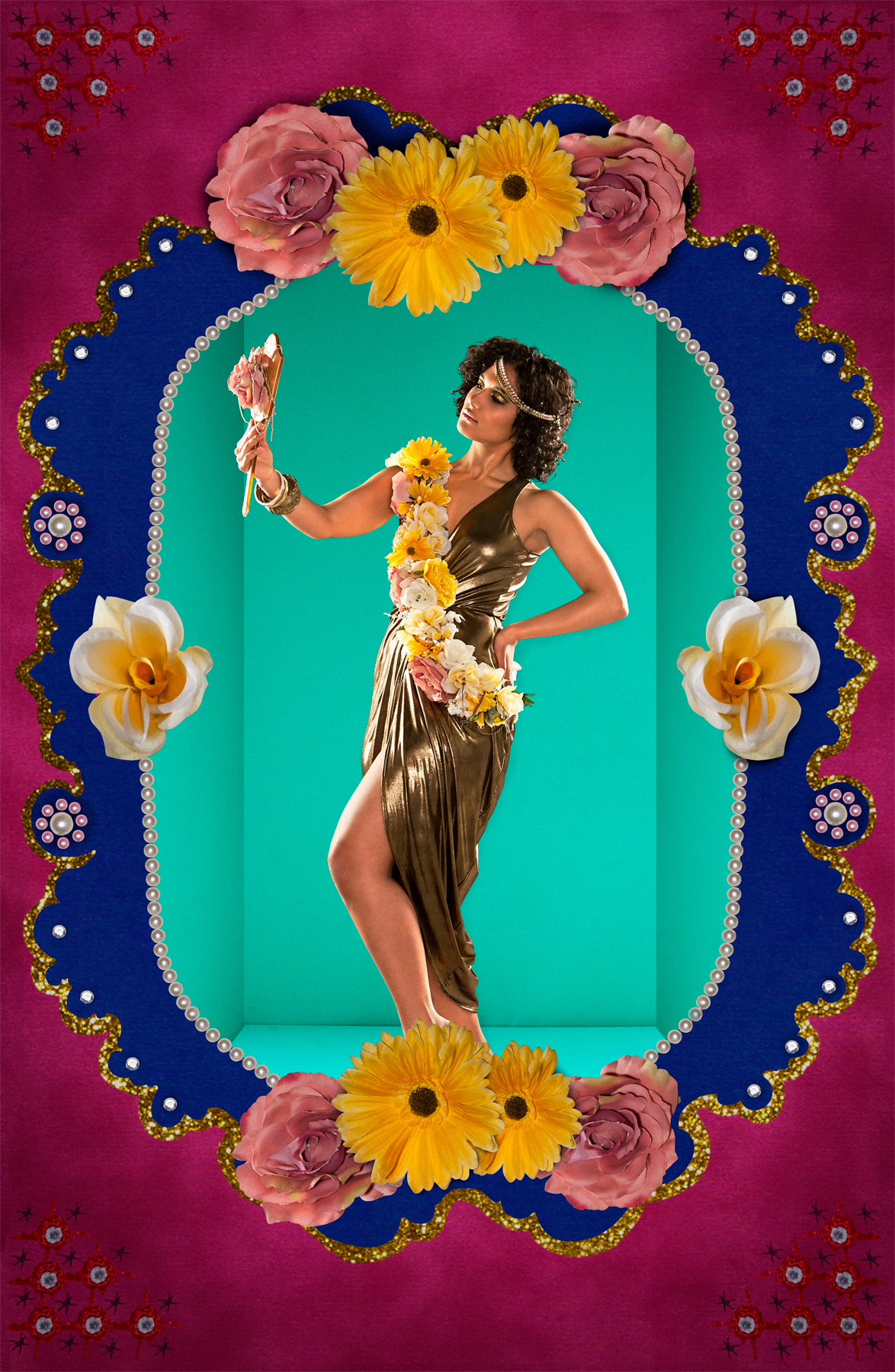
OXUM (Oshun)
Oxum is an Orisha who reigns over love, intimacy, beauty, wealth and diplomacy. She is the river goddess. She is associated with the color yellow, metal brass, peacock feathers, mirrors, honey and anything of beauty, her principal day of the week is Saturday.
Oshun is the "unseen mother present at every gathering", because Oshun is the Yoruba understanding of the cosmological forces of water, moisture, and attraction. Therefore, she is believed to be omnipresent and omnipotent. Her power is represented in another Yoruba proverb which reminds us that "no one is an enemy to water" and therefore everyone has need of and should respect and revere Oshun, as well as her followers.
Oshun is the force of harmony. Harmony which we see as beauty, feel as love, and experience as ecstasy. She, according to the ancients, was the only female Irunmole amongst the original 16 sent from the spirit realm to create the world. As such, she is revered as "Yeye" - the great mother of us all.
Oxum is an Orisha who reigns over love, intimacy, beauty, wealth and diplomacy. She is the river goddess. She is associated with the color yellow, metal brass, peacock feathers, mirrors, honey and anything of beauty, her principal day of the week is Saturday.
Oshun is the "unseen mother present at every gathering", because Oshun is the Yoruba understanding of the cosmological forces of water, moisture, and attraction. Therefore, she is believed to be omnipresent and omnipotent. Her power is represented in another Yoruba proverb which reminds us that "no one is an enemy to water" and therefore everyone has need of and should respect and revere Oshun, as well as her followers.
Oshun is the force of harmony. Harmony which we see as beauty, feel as love, and experience as ecstasy. She, according to the ancients, was the only female Irunmole amongst the original 16 sent from the spirit realm to create the world. As such, she is revered as "Yeye" - the great mother of us all.

ÈXÙ
Èxù is both an orisha and one of the most well-known deities of Yorùbá religion and related New World traditions.
He has a wide range of responsibilities: the protector of travelers, deity of roads, particularly crossroads, the deity with the power over fortune and misfortune, and the personification of death, a psychopomp. Often identified by the number three, and the colours red & black, he is a spirit of Chaos and Trickery, and plays frequently by leading mortals to temptation and possible tribulation in the hopes that the experience will lead ultimately to their maturation. In this way he is certainly a difficult teacher, but in the end is usually found to be a good one.
Èxù is both an orisha and one of the most well-known deities of Yorùbá religion and related New World traditions.
He has a wide range of responsibilities: the protector of travelers, deity of roads, particularly crossroads, the deity with the power over fortune and misfortune, and the personification of death, a psychopomp. Often identified by the number three, and the colours red & black, he is a spirit of Chaos and Trickery, and plays frequently by leading mortals to temptation and possible tribulation in the hopes that the experience will lead ultimately to their maturation. In this way he is certainly a difficult teacher, but in the end is usually found to be a good one.

OGUM
In the Yoruba religion, Ogum is an orisha who presides over iron, hunting, politics and war. He is the patron of smiths, and is usually displayed with a number of attributes: a machete or sabre, rum and tobacco. He is one of the husbands of Oxum, and Oya and a friend to Exú.
Ogum is the classical warrior and is seen as a powerful deity of metal work. He is also prominently represented as Saint George in the syncretic traditions of contemporary Brazil. As such, Ogum is mighty, powerful and triumphal, yet is also known to exhibit the rage and destructiveness of the warrior whose strength and violence must not turn against the community he serves.
In the Yoruba religion, Ogum is an orisha who presides over iron, hunting, politics and war. He is the patron of smiths, and is usually displayed with a number of attributes: a machete or sabre, rum and tobacco. He is one of the husbands of Oxum, and Oya and a friend to Exú.
Ogum is the classical warrior and is seen as a powerful deity of metal work. He is also prominently represented as Saint George in the syncretic traditions of contemporary Brazil. As such, Ogum is mighty, powerful and triumphal, yet is also known to exhibit the rage and destructiveness of the warrior whose strength and violence must not turn against the community he serves.

OXALÁ
Oxalá is the Orisha associated with the creation of the world and mankind. He is associated with the color white and her principal day of the week is Friday. He is saluted with the phrase “ÈPA BÀBÁ!”
Oxalá is the most respected of all the Orishas. he symbolizes peace and is considered the supreme father on most of religions on African traditions. Oxalá is quiet, serene, a peacemaker.
Oxalá is the Orisha associated with the creation of the world and mankind. He is associated with the color white and her principal day of the week is Friday. He is saluted with the phrase “ÈPA BÀBÁ!”
Oxalá is the most respected of all the Orishas. he symbolizes peace and is considered the supreme father on most of religions on African traditions. Oxalá is quiet, serene, a peacemaker.
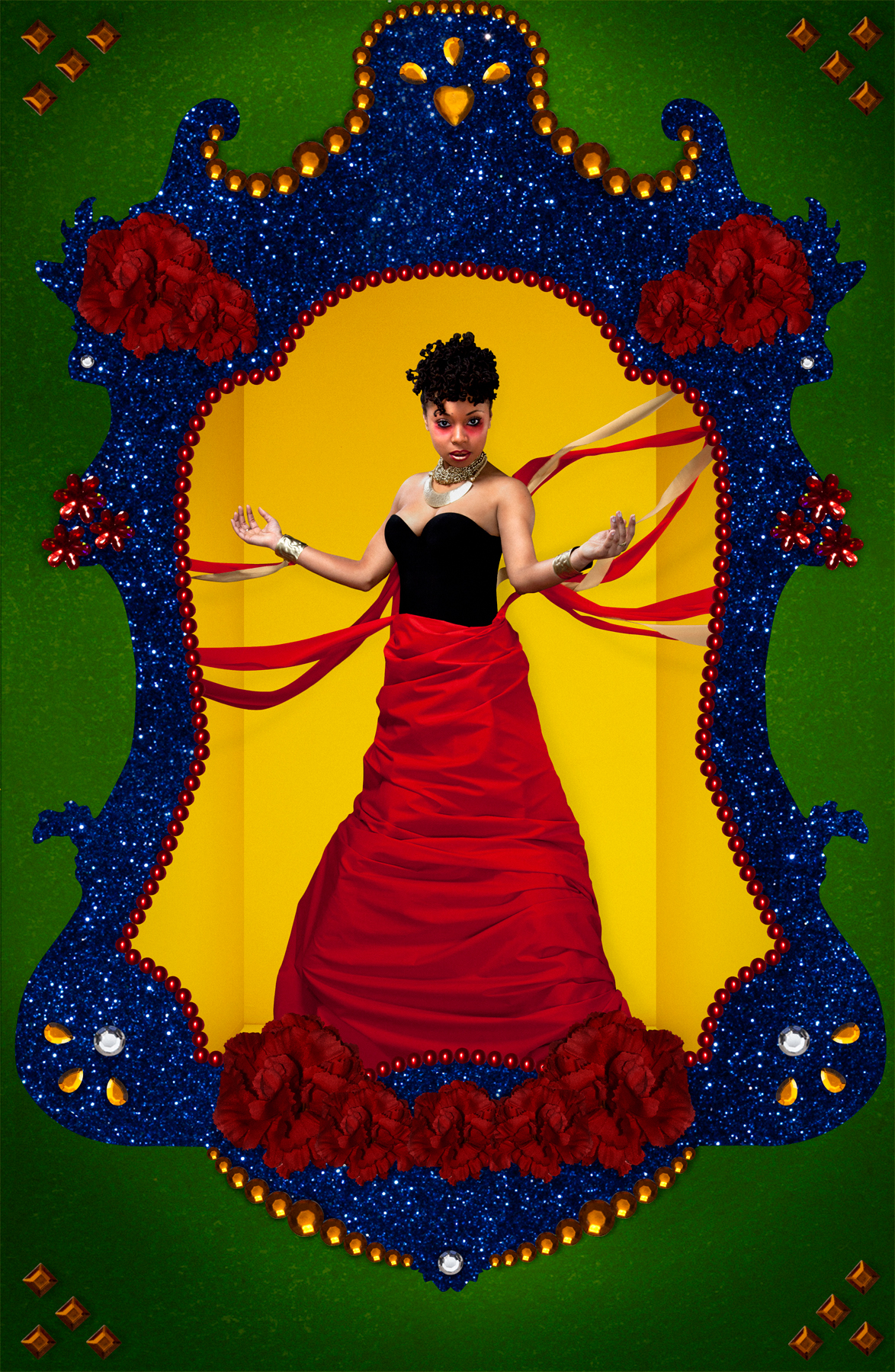
IANSÃ (Oya)
Iansã is seen as the warrior-spirit of the wind, fertility, fire, and magic. She creates hurricanes and tornadoes, and guards the underworld. Also known as the spirit of tornadoes (which are said to be her whirling skirts as she dances), lightning (the power of which she acquired from her husband, Xangô), earthquakes, and any kind of destruction. Beyond destruction, Iansã is the spirit of change, transition, and the chaos that often brings it about. She is believed to have been Xangô's favorite wife and is also called "the one who puts on pants to go to war". In Brazil, in Candomblé, she is generally saluted with the phrase "ÈPA HEYI!".

NANÃ BURUKU
Goddess of rains, marshals (marais en français). Rules death and is responsible for the reincarnation as well. She is the oldest entity of Candomblé that's why she doesn't know iron, or any metal.
Nanã Buruku was the first Iyabá and more vain, because of her vanity she despised her firstborn son with Oxalá, Omolu (Babalú-Ayé), for being born with various skin diseases. Not bearing care an abnormal child she end up abandoning it on a beach, where Yemanjá found him dying and after healing, raised him as his mother. After realize what Nanã did, Oxalá sentenced her to have more children, who would be born abnormal (Oxumarê, and Ewá Ossaim), and expelled her from his kingdom, ordering her to go live in a dark and gloomy swamp.
Nana is affectionately called "Grandma" because it is usually imagined as a crone. It is revered throughout Brazil in the Afro-Brazilian religions.
Goddess of rains, marshals (marais en français). Rules death and is responsible for the reincarnation as well. She is the oldest entity of Candomblé that's why she doesn't know iron, or any metal.
Nanã Buruku was the first Iyabá and more vain, because of her vanity she despised her firstborn son with Oxalá, Omolu (Babalú-Ayé), for being born with various skin diseases. Not bearing care an abnormal child she end up abandoning it on a beach, where Yemanjá found him dying and after healing, raised him as his mother. After realize what Nanã did, Oxalá sentenced her to have more children, who would be born abnormal (Oxumarê, and Ewá Ossaim), and expelled her from his kingdom, ordering her to go live in a dark and gloomy swamp.
Nana is affectionately called "Grandma" because it is usually imagined as a crone. It is revered throughout Brazil in the Afro-Brazilian religions.

OSSAIM (Osanyin)
Ossaim is the entity of sacred leaves, medicinal herbs. It is the holder of the Axé (vital strength, power), that even the Orishas cannot abstain. It is the God of hunting and forest and knows the secrets of all leaves
Ossaim is the entity of sacred leaves, medicinal herbs. It is the holder of the Axé (vital strength, power), that even the Orishas cannot abstain. It is the God of hunting and forest and knows the secrets of all leaves
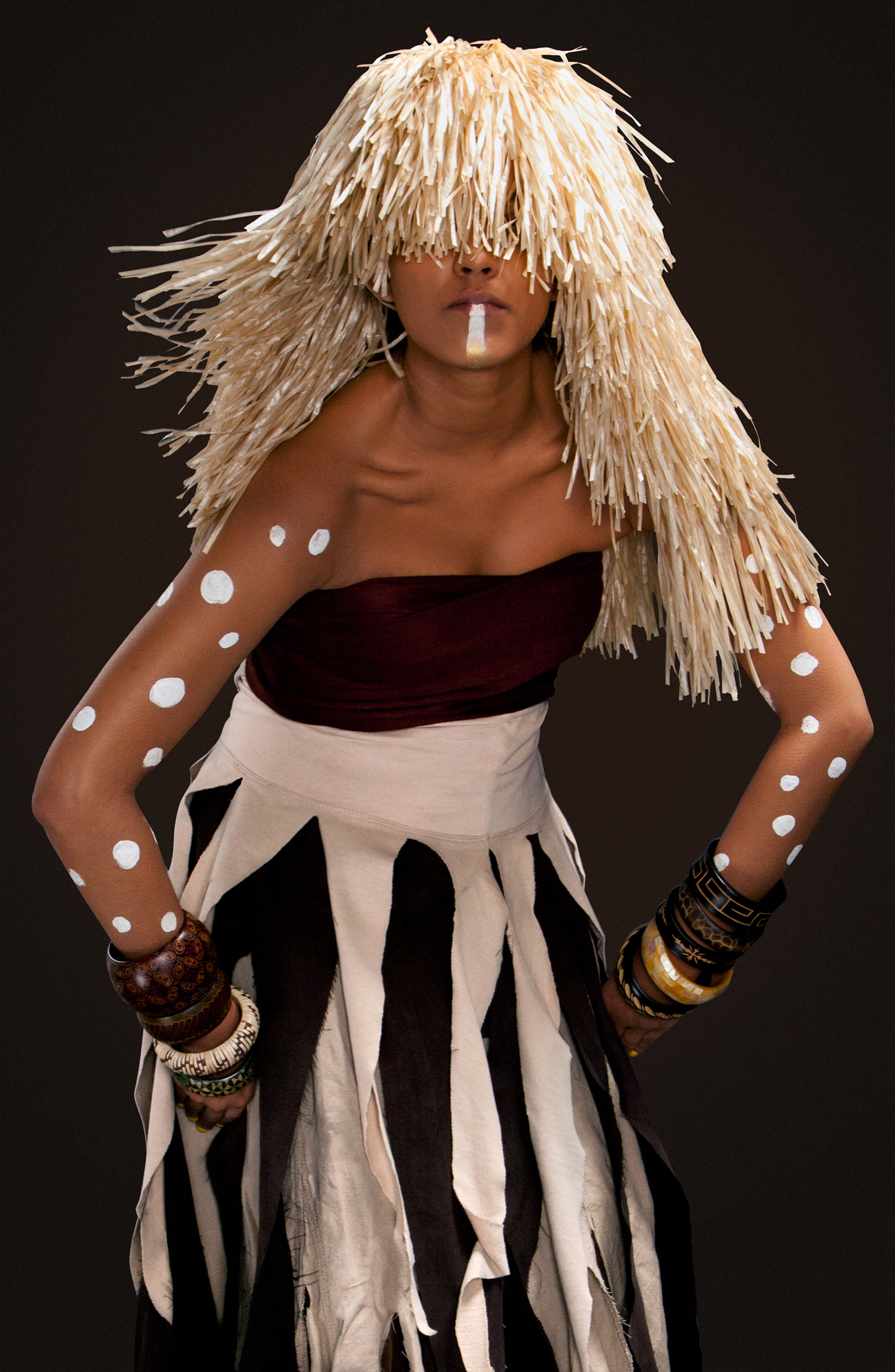
OMOLU (Babalú-Ayé)
Omolu is the praise name of the spirit of the Earth and strongly associated with infectious disease, and healing. He is an Orisha, representing the deity Olorun on Earth. The name Babalú-Ayé translates as “Father, lord of the Earth” and points to the authority this orisha exercises on all things earthly, including the body, wealth, and physical possessions.
Although strongly associated with illness and disease, Babalú-Ayé is also the deity that cures these ailments. Both feared and loved, Babalú-Ayé is sometimes referred to as the “Wrath of the supreme god” because he punishes people for their transgressions. People hold Babalú-Ayé in great respect and avoid calling his actual name, because they do not wish to invoke epidemics.
Omolu is the praise name of the spirit of the Earth and strongly associated with infectious disease, and healing. He is an Orisha, representing the deity Olorun on Earth. The name Babalú-Ayé translates as “Father, lord of the Earth” and points to the authority this orisha exercises on all things earthly, including the body, wealth, and physical possessions.
Although strongly associated with illness and disease, Babalú-Ayé is also the deity that cures these ailments. Both feared and loved, Babalú-Ayé is sometimes referred to as the “Wrath of the supreme god” because he punishes people for their transgressions. People hold Babalú-Ayé in great respect and avoid calling his actual name, because they do not wish to invoke epidemics.
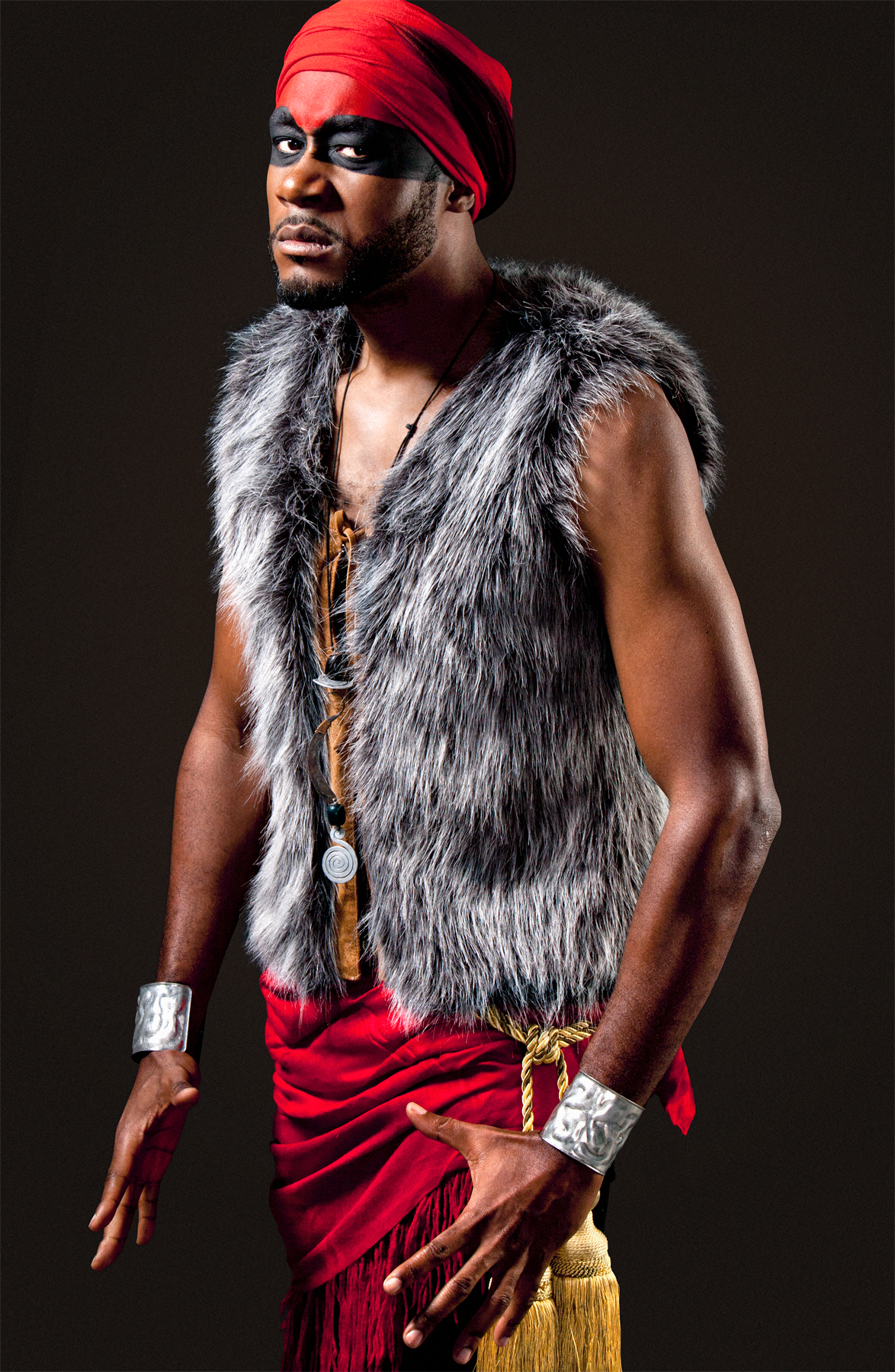
XANGÔ (Shango)
Xangô is the lord of justice and represents the lightning bolt. His ritual day is Wednesday and his sacred color is red. He is evoked when people need justice
Xangô was the third king of Oyo. He was a powerful and even violent ruler. Moreover, he is said to have had supernatural forces because he could produce thunder and lightning. He reigned for seven years, the whole of which period was marked by his continuous campaigns and his many battles. The end of his reign resulted from his own inadvertent destruction of his palace by lightning.
His colours are red, brown and white and he wields a double-headed axe. It is said that Xangô creates thunder and lightning by casting these stones to the ground.
Xangô is the lord of justice and represents the lightning bolt. His ritual day is Wednesday and his sacred color is red. He is evoked when people need justice
Xangô was the third king of Oyo. He was a powerful and even violent ruler. Moreover, he is said to have had supernatural forces because he could produce thunder and lightning. He reigned for seven years, the whole of which period was marked by his continuous campaigns and his many battles. The end of his reign resulted from his own inadvertent destruction of his palace by lightning.
His colours are red, brown and white and he wields a double-headed axe. It is said that Xangô creates thunder and lightning by casting these stones to the ground.

OXÓSSI
Oxossi is both the Orisha of the forest and one of the three warrior orishas referred to as the "Ebora" in the Yoruba religion. He is a hunter, and his role as an often solitary figure in the wilderness lends him another role as a shaman. He is also connected with all hunter communities, and is often depicted as a friend or ally of both the caboclos and the nature spirits of the forests of Brazil.
Oxossi is the patron justice and the hunt. As a master of all air attacks, he is prayed to when devotees are looking for swift justice from above. They also come to him in search of other things, a job or house for example. He is the patron of those who work with animals, dogs in particular, and is quite often supplicated when a wrong is done to an animal without cause.
Oxossi is both the Orisha of the forest and one of the three warrior orishas referred to as the "Ebora" in the Yoruba religion. He is a hunter, and his role as an often solitary figure in the wilderness lends him another role as a shaman. He is also connected with all hunter communities, and is often depicted as a friend or ally of both the caboclos and the nature spirits of the forests of Brazil.
Oxossi is the patron justice and the hunt. As a master of all air attacks, he is prayed to when devotees are looking for swift justice from above. They also come to him in search of other things, a job or house for example. He is the patron of those who work with animals, dogs in particular, and is quite often supplicated when a wrong is done to an animal without cause.



